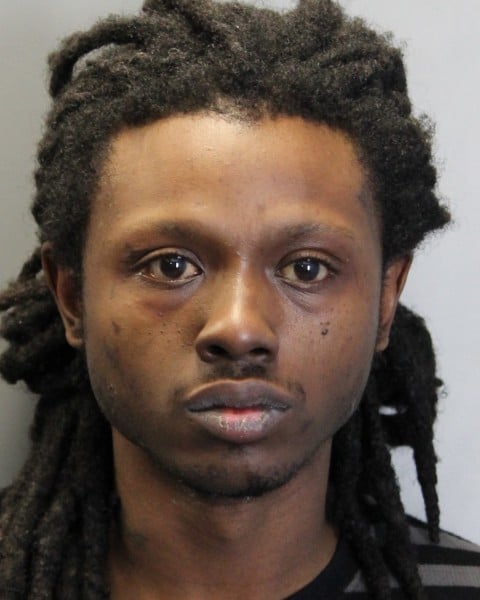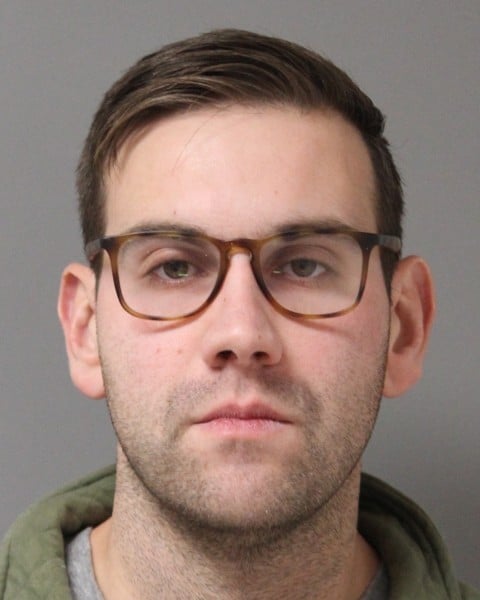Students launch experiments into space, with some help from NASA
WALLOPS ISLAND, Va. – This morning on Wallops Island students from colleges across the country (and Canada) gathered for a special rocket launch at Wallops Flight Facility.
“I think it’s really important for these sort of missions to happen. You know, there’s so much inspiration out there,” said RockSat-X Principal Investigator Chris Koehler.
RockSat-X is a NASA program that gives students the chance to design, build, and fly their own experiments. “They’re all very unique experiments, pushing the boundaries of what they can discover by flying in space,” said Koehler.
Ben Campbell’s team from the University of Alabama Huntsville sent up an experiment testing momentum exchange tethers. He explained, “The tether system that we have on there is basically a way where you can extend some payload out on a tether, and rotate it, and then let it go. It’s kind of like, you know, David and Goliath, it’s got a sling, throws a rock. We’re basically doing that, but with satellites in space. And so we’re doing a small scale demonstration of that to see how well that works.”
Maria Chytka, with the same group, said the biggest lesson she learned from their project wasn’t even about space or rockets: “Sure I’m an aerospace engineering major, but it ended up showing me another side of engineering that was really really important: if you don’t have proper documentation, then what’s the point of researching something if you can’t use it in the future?”
The team at University of Alabama Huntsville spent a total of 2 years designing and building their experiment.
How did they feel seeing it on the launch pad?
“Last night I was like, ‘I thought I’d be more nervous, but I feel really calm,’ and then you start getting to like, ‘All right, you’re 3 minutes out.’ I was like, okay, it’s happening. It’s happening,” Campbell said.
Chytka noted the distinction between the type of rocket launch most people imagine (A massive, lumbering, tower slowly picking up speed–like a Saturn V from the Apollo missions.) versus the smaller and more violent acceleration of the sounding rocket they launched Tuesday morning. “If you have something on there and you’re not used to it, you’re just not ready for how fast it all happens. I don’t think I’m going to believe it’s real until I see it pull into the port,” Chytka said.
For Koehler the big payoff is giving students a real chance to reach for the stars: “You also have to give them something to take the next step. And RockSat is one of those programs where you inspire students by what we do in this country in space, but then you give them an outlet or a path to actually be a part of that.”
The rocket launched Tuesday morning will be recovered by boat after it falls back into the sea. This will give students the chance to collect, analyze, and learn from the data obtained by their experiments onboard.


